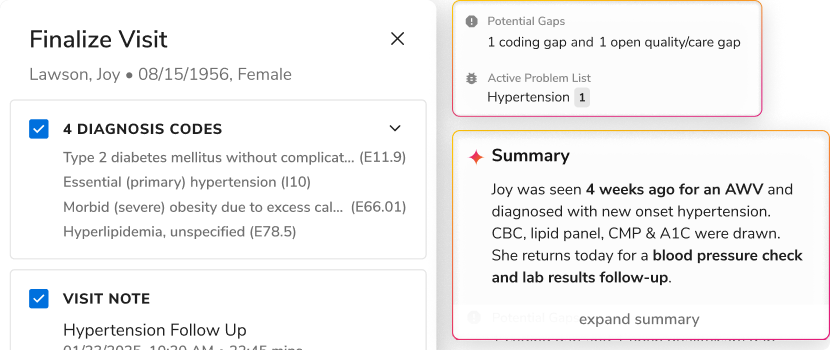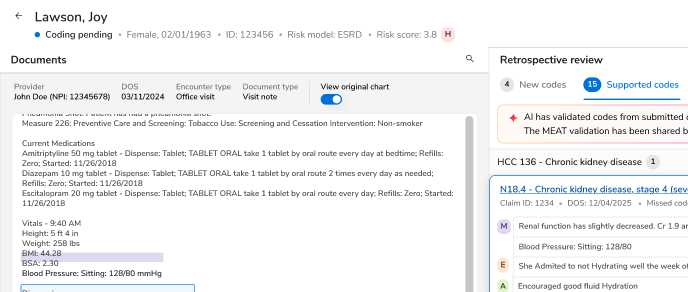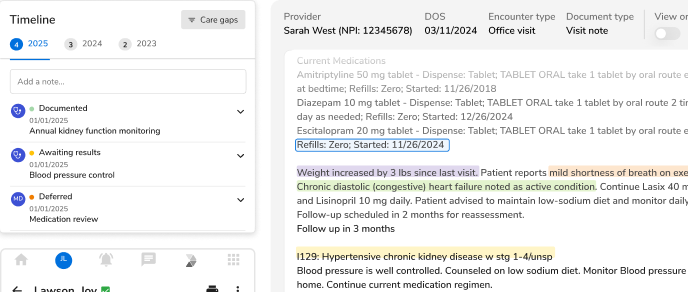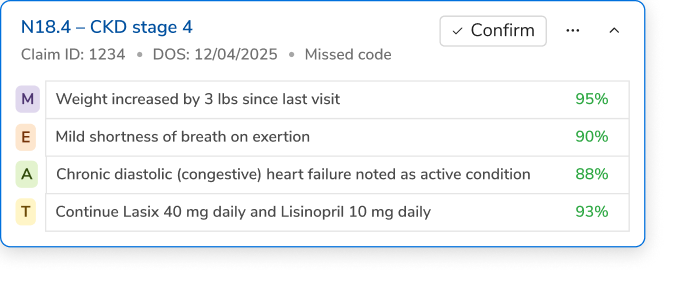What is Value Based Reimbursement ?

Administration in the US has always been trying to to transform the healthcare industry as much as possible. As compared to other functioning industries in the US, changes have been relatively slow but powerful. Most of the reforms were an effort to move away from the traditional Fee-For-Service system, the mantra of which was: to make more, do more to a Value-Based Reimbursement procedure.
Quality care in an affordable and equitable healthcare is priority, and accordingly the rewards and incentives were changed to accelerate the transition to value-based ecosystem. In a historic announcement, The Department of Health and Human Services set a goal of tying 50 percent of traditional FFS, Medicare payments value based models and 90% of Medicare FFS payments to have some link to quality or value. The goal is set and the path is ready, but is the transition going to this smooth?
The journey of VBR through the years
Patients, payors and providers- all, in one way or the other, need Value-based reimbursements and it isn’t that VBR has just come into spotlight, its importance has been known way before the ACA. In 1990s when managed care was facing a lot of backlash, Pay for performance was introduced so that payment is based on quality of services performed. Taking a more concrete step, in 2006, CMS introduced the Physician Quality Reporting System(PQRS) under which the physicians are incentivized for reporting on the specified quality measures.
On the similar lines, Medicare shared savings program was introduced to promote accountability for the care of the beneficiaries and care coordination among all the Care teams by sharing in the savings or losses against the national benchmarks. Bundled payments care initiative came up with 4 models to reduce expenditures while preserving or enhancing the quality of care for beneficiaries. Constant efforts are being made to reduce the care gaps and make VBR the payment model for the healthcare industry.
What have been the major roadblocks?
Even though it is the most optimum option , VBR still is a farfetched reality mainly because of the fact that most care teams are not equipped well enough to make the transition. It is like driving a car on a dark road without headlights, being guided just by intuition and no concrete evidence.
- Lack of coordination: The quality of care is deeply affected if there is a lack of coordination between the patient and providers, especially if the patients are suffering from chronic illnesses. Often registries aren’t maintained and there is a lack of care managers which leads to untimed or no follow-ups thereby reducing the quality of care.
- 2-way Interoperability is hard to achieve: Almost all healthcare networks have to stay connected for various dependencies. For instance, if a patient is being referred to a physician 200 miles from the current location and the lab orders are somewhere even far from there, then it would be a hassle for the patient to deal with all the paperworks and carry it to all the locations he has to go. With 2-way interoperability the patient doesn’t have to navigate the healthcare space with no guidance and the data would be already with the care teams delivering a better patient experience.
A group of researchers at Children’s Hospital Boston examined 85 patients transferred from one hospital to another over a 12-hour period and found that a lack of interoperability between their EHRs resulted in non-clinically indicated, duplicative testing among 20 percent of the patients. - Increasing network leakages: The common perception among providers is that there is about 5-10% of patient leakage whereas reality is that most systems are losing somewhere between 30 to 60% of their patients through inefficient referrals and leakages which affects reimbursement in a big way when measured on a scale of a network.
- Lack of means to identify gaps in care: On the one hand there is population and then on the other there is the at-risk population. Some portion of the population is at high risk and thereby requires more attention. The quality of care goes downhill if potential risks can’t be pinpointed and addressed. It is of paramount importance that providers are able to identify the at-risk population and engage them in time for better clinical outcomes.
The role of healthcare IT
It VBR is our final destination, healthcare IT is our pathway. It provides us with numerous ways to improve the quality of care:
- Health Information Exchange: Information exchange and interoperability between health systems facilitated by health IT will improve the speed, quality, safety and cost of patient care, ultimately delivering better health outcomes.
- Address the needs of chronic residents: With spot-on predictive analytics, providers can monitor health trends and identify risk factors in chronic patients and offer them the care they need with chronic care management.
- Understand Population Health better: An end-to-end PHM solution will help providers with data aggregation and risk stratification, care management, patient engagement, and annual wellness visits for patients.
- Care Management: Coordination among all the Healthcare providers is important whether it be a surgical procedure, a medical evaluation, support for lifestyle change, or financial advice so that every stakeholder is able to deliver quality driven care.
- Better network utilization and efficient referrals: Often the most difficult task for a healthcare provider is to make a successful referral. A defined referral management system helps you define the network, analyse how many patients are leaving and why, communicate better with physicians and ultimately optimize your network.
- Real-time quality tracking and reporting: Organizations can track and monitor the quality of services and improve healthcare by preventing the overuse, underuse, and misuse of health care services and ensuring high-quality care and helping patients making better informed decisions.
The Three Major Players : Patients, Payors and Providers
The three P’s of healthcare have to play mutually exclusive roles if VBR is to be achieved completely.
Payor
Payors and providers need to share their goals for the smooth transition from FFS to VBR. Insurers need to build their plans according to value-based insurance design (VBID) benefits, which promotes services providing quality and cost structured programs and help beneficiaries and ensure that clinical decision support tools are incorporated throughout the network to make more cost effective decisions.
Providers
Increase in effective communication among all channels and systems, between providers will be critical to yield positive results as this leads to informed decisions. They need to invest in procedures which might be time and cost consuming and might lead to loss if they don’t meet quality performance benchmarks with minimal services completed.
Patients
An unaware patient can lead to very high costs for the providers and care might also not be delivered appropriately. A successful collaboration between the patients and providers will lead to patient engagement since they can make better informed decisions about their health and that can amplify the delivery of more efficient, higher-quality care, and satisfy the objectives of VBR.
The Road Ahead
Value-based reimbursement has been nothing less than a stone tossed into the fathomless pond of healthcare, but it is here to stay. This transition will encourage healthcare organizations to strive towards delivering high-quality care and making their care delivery efficient. Value-based reimbursement has a greater likelihood of containing costs and improve quality. The future of healthcare is centered around delivering value-based care, reducing wasteful spending, cutting down readmission rates, providing quality care, and making healthcare industry an affordable and equitable one.
For more updates , Subscribe
If you want to see our efforts in the area , schedule a quick demo

.png)





.png)









.svg)
.svg)

.svg)

